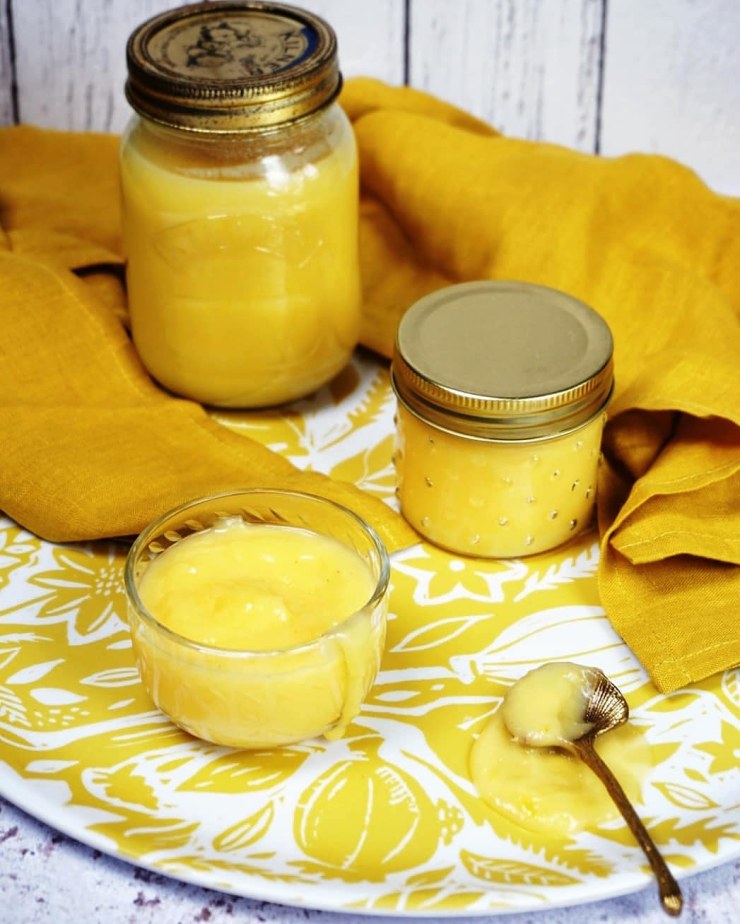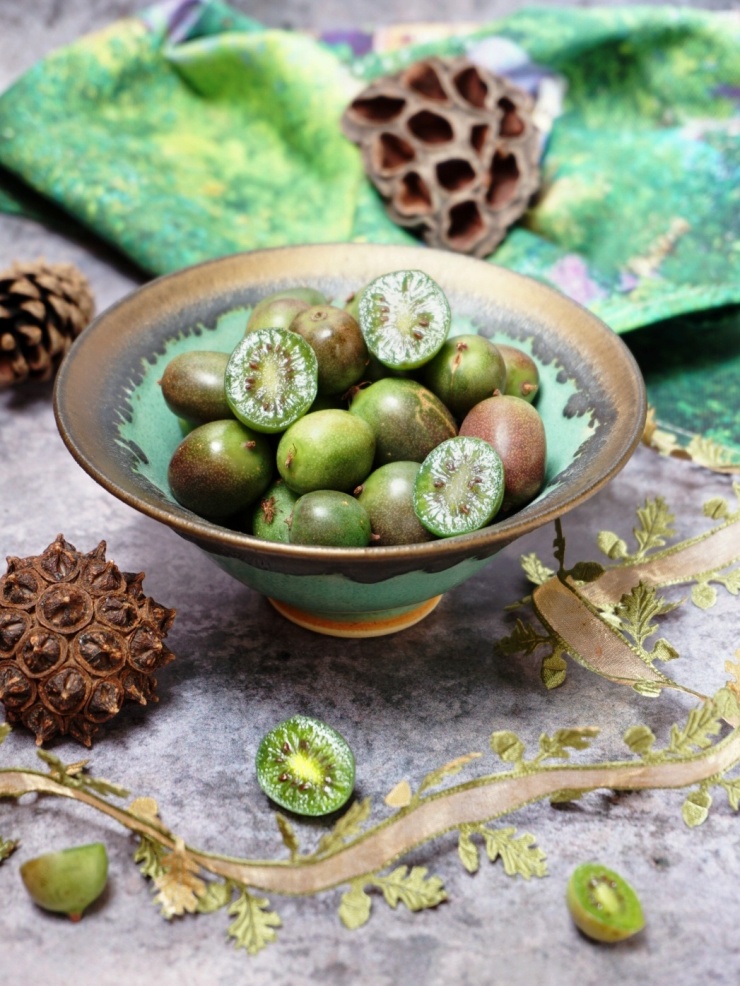These mini ramen eggs are great for a party as a snack food, they have a strong umami flavour and taste great! The eggs were free range, which is obviously really important to ensure the quail that laid them are able to forage and live as far as possible as they would in the wild. They are also just the right size to add to a Bento lunch box salad and are used in Japanese cuisine. I bought mine at a farmers market a few days ago. They are very simple to make and can also be made using hens eggs if you prefer to do that. Tamari is made without wheat and is therefore gluten free if you are also have coeliac disease, but do check the label before you purchase just in case.
Ingredients
- 12 Quail eggs
- 200ml Mirin (japanese sweet wine wine)
- 100ml Tamari dark soy sauce
- 2 star anise
- Black and white sesame seeds – you only need a small amount to decorate the eggs when finished
Method
- Add the mirin, soy sauce and star anise to a pan and heat till boiling and cook for five minutes to impart the star anise flavour.
- Allow the marinade to cool
- Add the quail eggs to a pan and warm to boil and cook for 2 minutes.
- Add the eggs to a pan of cold water to stop the cooking.
- Tap the base (the more rounded end) on a surface and peel the egg under a tap – take care as you should avoid damaging the egg surface if you can as this will be more obvious after the eggs are marinaded.
- Marinade the eggs for 24 hours in the refrigerator.
- Cut each egg in half and sprinkle with sesame seeds.
- The marinade can be used again and makes an ideal marinade for salmon or tuna too!
Serves 3-4 as a party hors d’oeuvre to serve with drinks.











